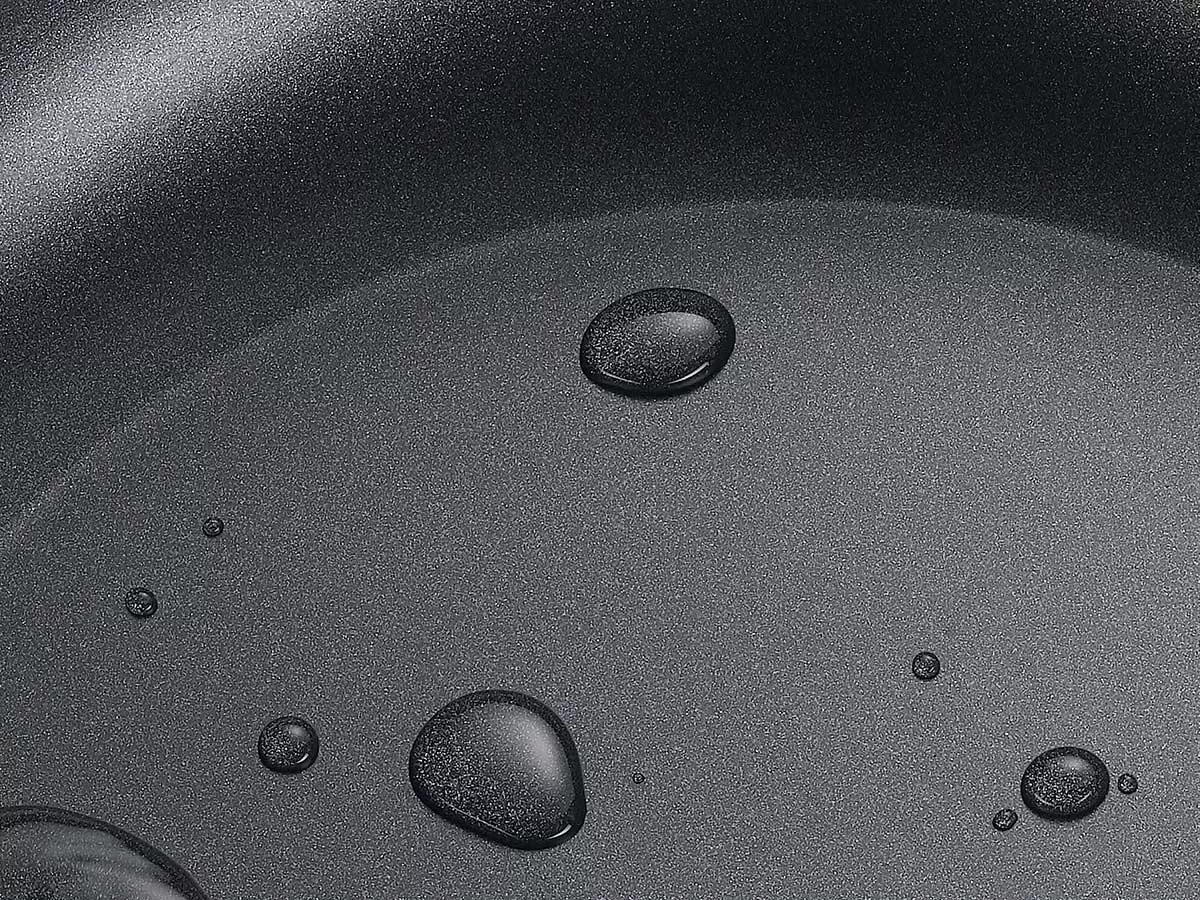Fluoropolymer coatings are renowned for their exceptional resistance to chemicals, heat, and corrosion, making them ideal for various industrial applications. The process of applying fluoropolymer coatings involves several steps to ensure the coating adheres properly and performs optimally. This article provides a detailed overview of the fluoropolymer coating process, highlighting each stage from preparation to curing.
What are Fluoropolymer Coatings?
Fluoropolymer coatings are made from fluorocarbon-based polymers, such as PTFE (polytetrafluoroethylene), PVDF (polyvinylidene fluoride), and FEP (fluorinated ethylene propylene). These coatings offer excellent non-stick properties, chemical resistance, and durability.
The Fluoropolymer Coating Process
1. Surface Preparation
1.1 Cleaning
The first step in the coating process is to thoroughly clean the substrate. This removes any dirt, grease, oil, or other contaminants that could interfere with the adhesion of the coating.
- Solvent Cleaning: Use solvents to remove organic contaminants.
- Alkaline Cleaning: Employ alkaline solutions for removing oils and greases.
- Abrasive Blasting: Sandblasting or grit blasting to remove rust, scale, and old coatings, creating a rough surface for better adhesion.
1.2 Etching
Etching is sometimes required to increase the surface roughness of the substrate, providing a better mechanical bond for the coating.
- Chemical Etching: Using acids or other chemicals to etch the surface.
- Mechanical Etching: Using abrasive tools to create a roughened surface.
2. Application of Primer
2.1 Importance of Primer
Applying a primer layer is crucial for enhancing the adhesion between the substrate and the topcoat. The primer also helps to improve the overall durability and performance of the coating.
2.2 Application Methods
- Spraying: Using spray guns to apply an even layer of primer.
- Dipping: Submerging the substrate in a primer solution.
- Brushing: Manually applying primer with a brush for small or intricate parts.
3. Application of Fluoropolymer Topcoat
3.1 Mixing and Preparation
Before application, the fluoropolymer coating is mixed and prepared according to the manufacturer's instructions. This ensures the coating has the correct viscosity and consistency.
3.2 Application Methods
- Spraying: The most common method, using spray guns to apply an even and consistent layer of the fluoropolymer coating.
- Dipping: Submerging the substrate in the fluoropolymer solution, ideal for small or complex parts.
- Electrostatic Coating: Charging the coating particles and the substrate to create an electrostatic attraction, ensuring a uniform coating.
4. Curing Process
4.1 Importance of Curing
Curing is the process of hardening the applied coating through heat or UV radiation. Proper curing ensures the coating achieves its desired properties, such as hardness, chemical resistance, and adhesion.
4.2 Curing Methods
- Thermal Curing: Placing the coated substrate in an oven or furnace at specified temperatures for a set duration. This method is common for PTFE and other high-temperature fluoropolymers.
- UV Curing: Using ultraviolet light to cure the coating, suitable for UV-curable fluoropolymers.
Quality Control and Inspection
1. Visual Inspection
After curing, a visual inspection is conducted to check for defects such as bubbles, pinholes, or uneven coating. Any defects identified must be addressed to ensure the coating's performance.
2. Thickness Measurement
Using tools such as micrometers or ultrasonic thickness gauges, the coating's thickness is measured to ensure it meets the specified requirements.
3. Adhesion Testing
Adhesion tests, such as the cross-cut test or pull-off test, are performed to verify that the coating adheres properly to the substrate.
4. Performance Testing
Additional tests may be conducted to assess the coating's resistance to chemicals, abrasion, and other environmental factors.
Benefits of Fluoropolymer Coatings
1. Chemical Resistance
Fluoropolymer coatings are highly resistant to a wide range of chemicals, making them ideal for use in corrosive environments.
2. Temperature Resistance
These coatings can withstand extreme temperatures, both high and low, without degrading.
3. Non-Stick Properties
Fluoropolymer coatings have excellent non-stick properties, making them useful in applications where low friction and easy cleaning are required.
4. Durability
Fluoropolymer coatings are highly durable, providing long-lasting protection against wear, corrosion, and environmental damage.
Applications of Fluoropolymer Coatings
- Industrial Equipment: Protecting machinery and equipment from corrosion and wear.
- Cookware: Providing non-stick surfaces for easy cooking and cleaning.
- Medical Devices: Ensuring biocompatibility and chemical resistance in medical instruments.
- Aerospace: Protecting components exposed to extreme conditions and chemical exposure.
- Electronics: Providing insulation and protection for electronic components.
Conclusion
The fluoropolymer coating process involves several critical steps, from surface preparation to curing, ensuring the coating adheres properly and performs optimally. By understanding the detailed process and benefits, you can appreciate why fluoropolymer coatings are chosen for demanding applications across various industries.





